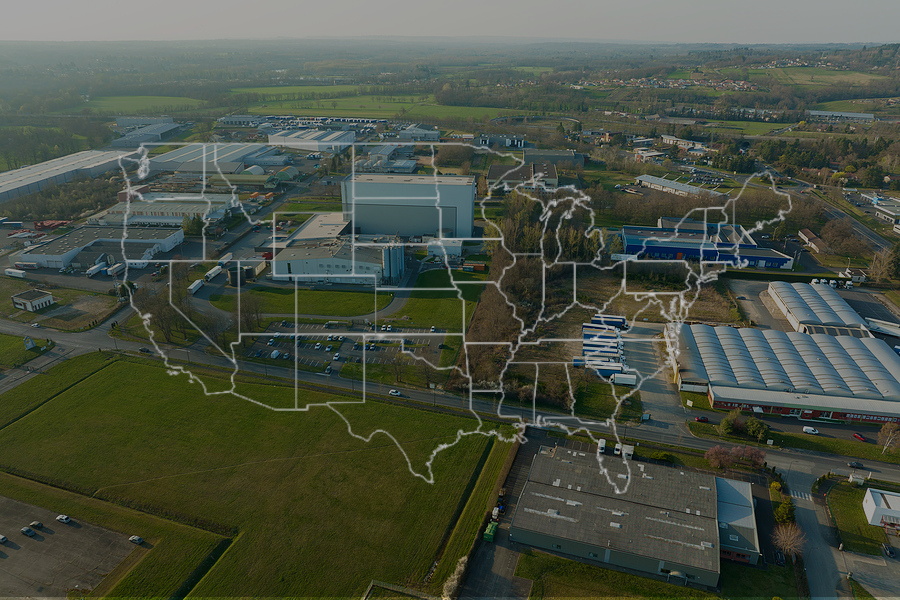The ability of a company to ship goods easily and quickly often depends on the location of its warehouse and distribution center. Amidst the natural disasters, political instability, and pandemic challenges of the last few years, many manufacturing companies have decided to move their warehouse and distribution centers back onshore. These decisions have challenged wholesale distributors, affecting the supply chain, cost structures, and technology choices.
Why have Manufacturers Moved Back Onshore?
Tight margins are characteristic in the manufacturing industry. In the past, many manufacturers made the choice to move their productions offshore (overseas). Offshore production gave them many benefits: Depending on local salary ranges, many manufacturers can pay offshore workers much less than onshore workers, leading to a significantly lower cost of labor. Facilities are also often cheaper, especially if the exchange rate is in the parent corporation’s favor. The available real estate may also be more favorable, allowing manufacturers to set up near centralized shipping hubs with access to ports, railways, and air freight distributors. The companies’ profit margins increased. In addition, if they needed to compete on price, these increased margins could accommodate some price flexibility.
However, offshore manufacturing comes with its own downsides. It can often mean poor quality control, slower shipping, higher shipping costs, and uncertain delivery dates. In recent years, this list of challenges has expanded to pandemic-related shutdowns, higher fuel costs, and weather-related delays and uncertainties. Therefore, after weighing the costs and benefits, many manufacturing companies are now shifting back to onshore production.
What Does This Mean for Wholesale Distributors?
Wholesalers generally go where manufacturers go. As manufacturers moved offshore, wholesale distributors went with them. But now, wholesalers are dealing with the same offshore issues as manufacturers.
Moving onshore can result in many new challenges for wholesale distributors. Higher labor costs will result from higher salaries required by onshore workers. These costs are exacerbated by the current labor shortage among onshore workers. Distributors may also face difficulty in finding appropriate and affordable real estate as well as higher shipping costs.
Onshore distribution does have its benefits, though, such as faster shipping times (and, therefore, better customer relationships), customer service centers in similar time zones as customers, and greater transparency and collaboration company wide.
What if Wholesale Distributors Remain Offshore?
While many wholesale distributors are moving back onshore, some will find that the potential costs of salaries, overhead, and moving outweigh the benefits. For these businesses, the right technology can do much to bridge the gap between onshore manufacturing and offshore wholesale distribution.
Cloud enterprise resource planning (ERP) systems enable distributors to connect virtually. Cloud ERPs provide real-time data through networked cloud servers to provide a comprehensive look at operations, accounting, finance, and other business data. Vendors throughout the supply chain can be given access to the ERP so that real-time information is available about goods and shipments. Wholesale distributors can share this real-time information with both customers and manufacturers.
Visibility into all aspects of the supply chain, including real-time data, reporting, and order information, can help decrease costs and improve margins. Therefore, wholesale distribution companies that remain offshore can create a business model that suits their needs and helps them remain competitive and cost-effective.
Technology continues to make the world a smaller place. Thanks to cloud ERP, manufacturers and wholesale distributors have the flexibility to find a model that’s just right for their needs.
Learn More about Cloud ERP from ASI
Sage 100 and Acumatica are both modern, supremely adaptable cloud-based ERP solutions. Providing a wealth of real-time data, they can keep your company connected from anywhere. Contact our team today with any questions or to request a demonstration.

